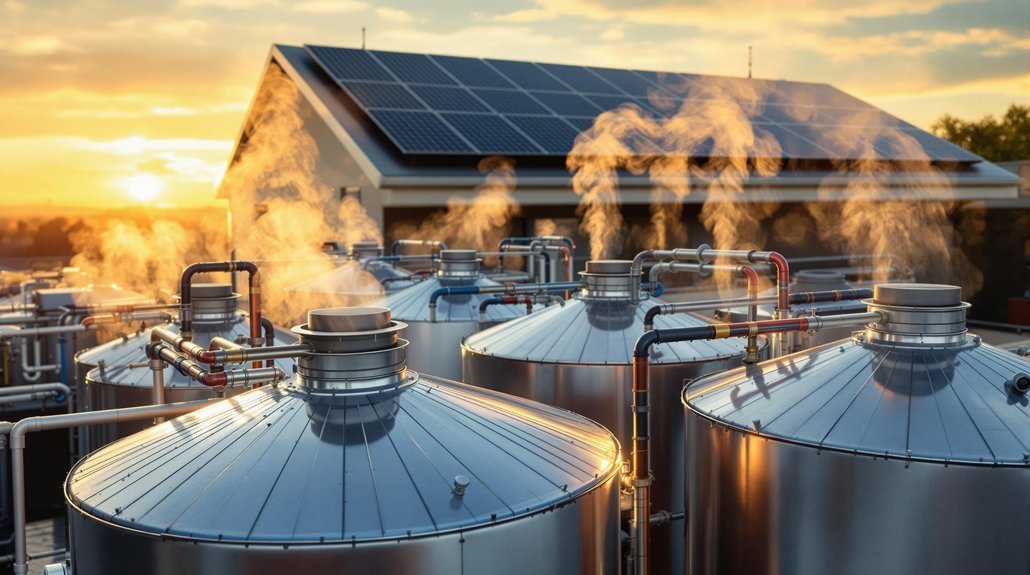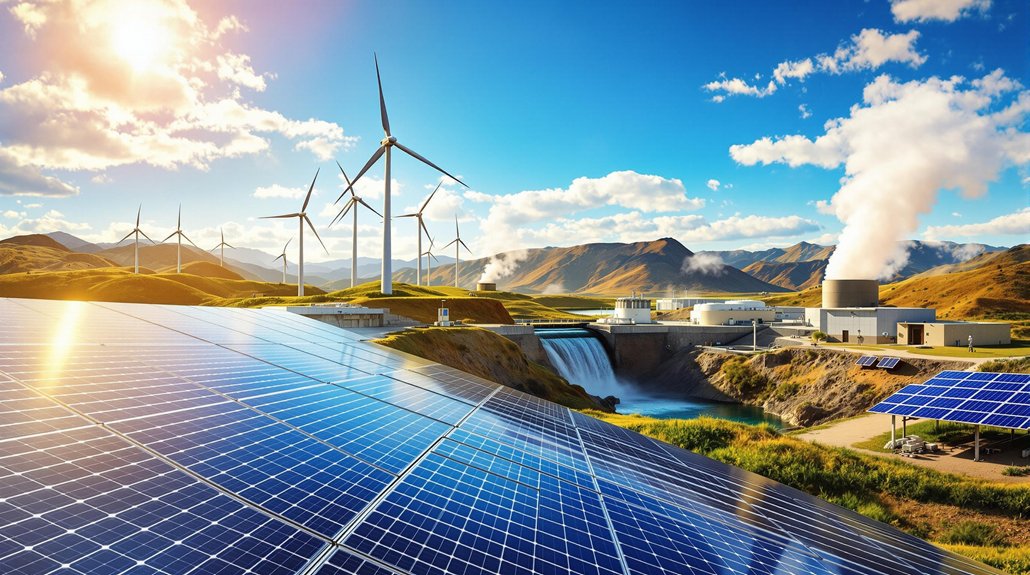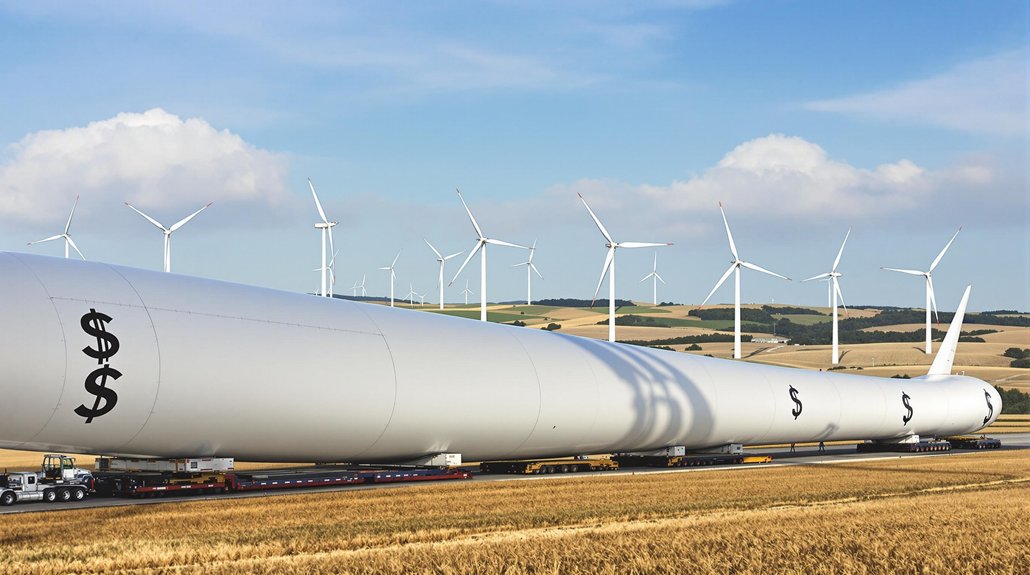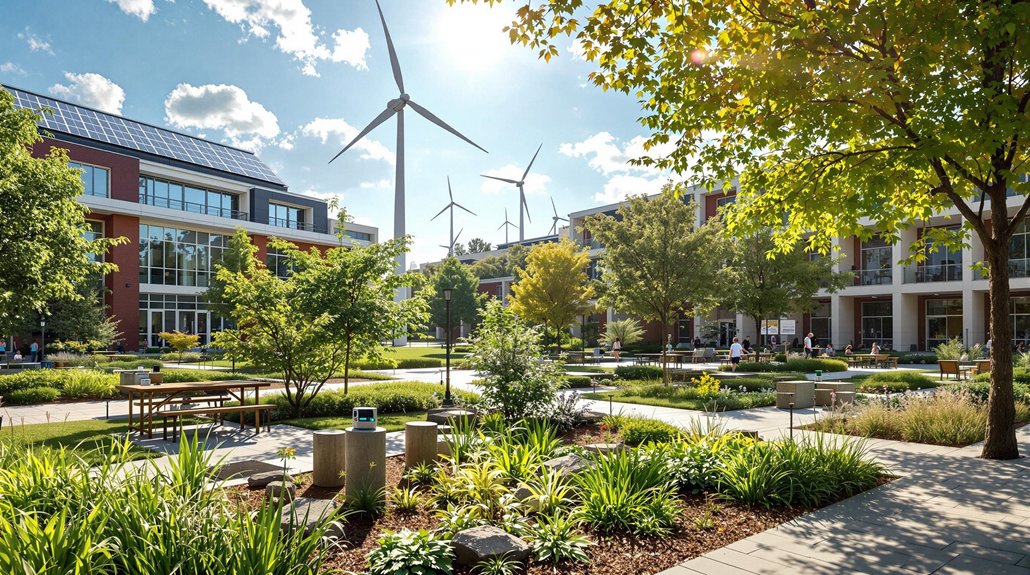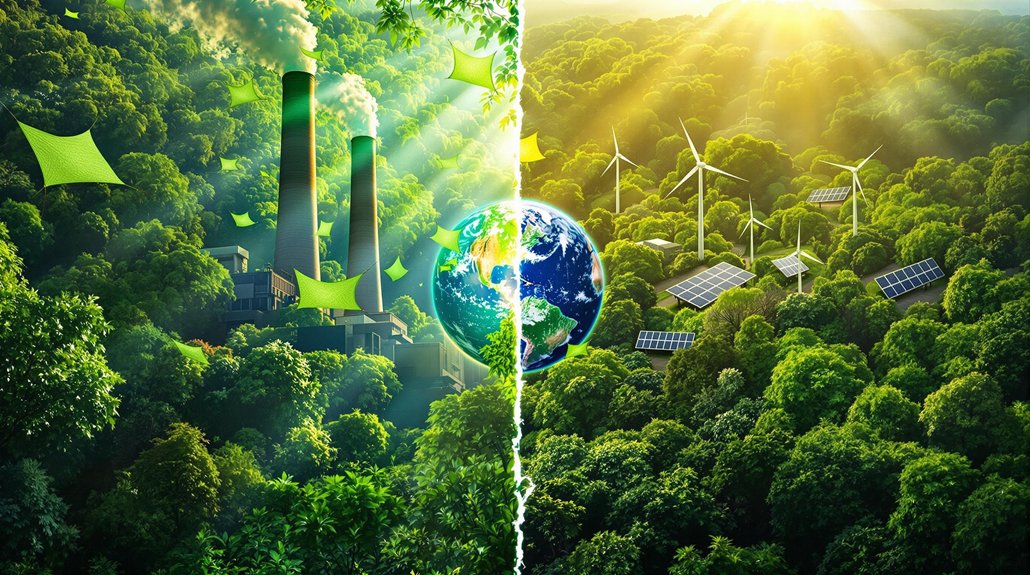Thermal energy systems offer multiple advantages for homes and businesses. They can reduce energy use by up to 30% by storing energy during off-peak hours. Users save money through lower utility bills while supporting grid stability. These systems help cut greenhouse gas emissions and complement renewable energy sources. Government incentives make the initial investment more affordable. The technology’s flexibility makes it suitable for various applications across different sectors. The benefits extend beyond cost savings.
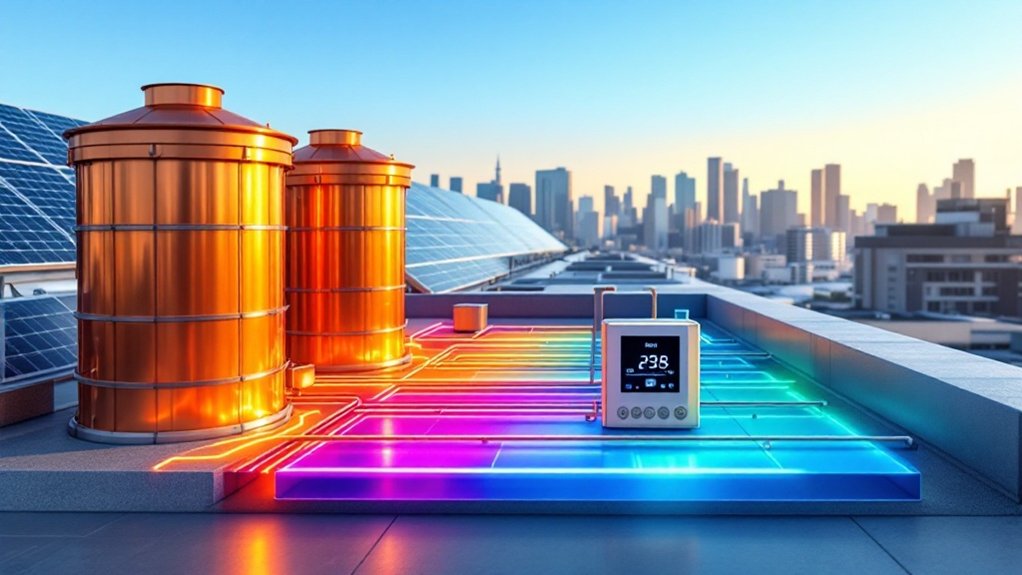
As the world looks for better ways to use energy, thermal energy systems are gaining attention for their remarkable benefits. These systems can cut energy use by up to 30% and make entire energy networks run more smoothly. They work by storing energy during cheap, off-peak hours and using it when energy demands are high. This smart approach to energy management helps users save money while reducing strain on the power grid.
The financial benefits are significant for homes and businesses alike. Users can see their utility bills drop by up to 15%, primarily by avoiding expensive peak electricity rates. The systems pay for themselves over time through lower operating costs. Many governments offer incentives and tax credits to encourage installation, making the initial investment more affordable.
Thermal energy systems provide important environmental advantages too. By reducing overall energy consumption, they help cut greenhouse gas emissions. These systems support the use of renewable energy by storing excess power from wind and solar when it’s plentiful. This storage capability helps overcome one of the biggest challenges with renewables – their intermittent nature. Technologies like advanced heat exchangers improve efficiency even further by maximizing thermal transfer capabilities.
Grid stability improves with widespread thermal energy storage. The systems help balance supply and demand, reducing power outages and improving reliability. By storing energy locally, they decrease the burden on transmission lines and other infrastructure, extending their useful life. Thermal energy storage has become crucial for ensuring the availability of clean energy during periods when renewables like wind and solar aren’t producing.
One of the most valuable aspects of thermal energy systems is their flexibility. They work in homes, offices, and factories across various applications including heating, cooling, and power generation. Proper air sealing in buildings significantly enhances the effectiveness of these systems by preventing unwanted temperature infiltration. The technology continues to improve, with advances in storage materials, smart grid integration, and high-density solutions making systems more efficient and affordable.
The growth of thermal energy systems creates jobs in manufacturing, installation, and maintenance. They help reduce a country’s dependence on imported energy and make businesses more competitive through lower energy costs. As climate concerns grow, these systems represent a practical technology that delivers both economic and environmental benefits.
Frequently Asked Questions
What Are the Environmental Impacts of Thermal Energy Systems?
Thermal energy systems impact the environment in several ways. They emit greenhouse gases and pollutants that harm air quality.
These plants use large amounts of water, potentially causing thermal pollution in waterways. They require significant land area, disrupting habitats and wildlife.
The systems also generate hazardous waste from operations. Geothermal plants may contaminate groundwater and cause small earthquakes in surrounding areas.
How Much Does a Thermal Energy System Installation Cost?
Thermal energy system installations vary widely in cost.
Residential systems typically range from $6,000 to $25,000.
Air-source heat pumps cost $4,500 to $8,000, while ductless mini-splits run $2,000 to $8,000.
Geothermal systems are pricier at $10,000 to $30,000.
Solar thermal systems with storage can reach $20,000 to $30,000.
Federal tax credits of 30% and local rebates between $1,000 and $8,000 can offset these costs.
What Maintenance Is Required for Thermal Energy Systems?
Thermal energy systems require regular maintenance to function properly.
Experts recommend annual professional inspections to check for leaks and component wear. Monthly air filter cleaning is essential.
Owners should maintain proper fluid levels in closed-loop systems and test antifreeze annually in geothermal units.
Electrical connections need tightening, while thermostats require calibration.
Performance monitoring helps track efficiency.
Prompt attention to unusual noises or performance changes prevents costly repairs.
Can Thermal Energy Systems Work in Extreme Climates?
Thermal energy systems work exceptionally well in extreme climates.
In desert regions, ice storage systems provide efficient cooling while reducing electricity demand by up to 50%.
Ground source heat pumps remain effective at -30°C in Arctic areas, heating buildings to 20°C when outside temperatures reach -40°C.
In hot, humid areas, district cooling saves millions of gallons of water annually.
These systems maintain livable temperatures for up to 44 hours during power outages.
How Do Thermal Energy Systems Compare to Solar Panels?
Thermal energy systems convert more sunlight to heat (70-90%) than solar panels convert to electricity (15-20%).
They’re typically cheaper upfront and work better in diffuse light conditions.
While solar panels generate versatile electricity that can be sold back to the grid, thermal systems are ideal for water and space heating.
Thermal collectors also have a smaller environmental footprint, using simpler materials that are easier to recycle.
